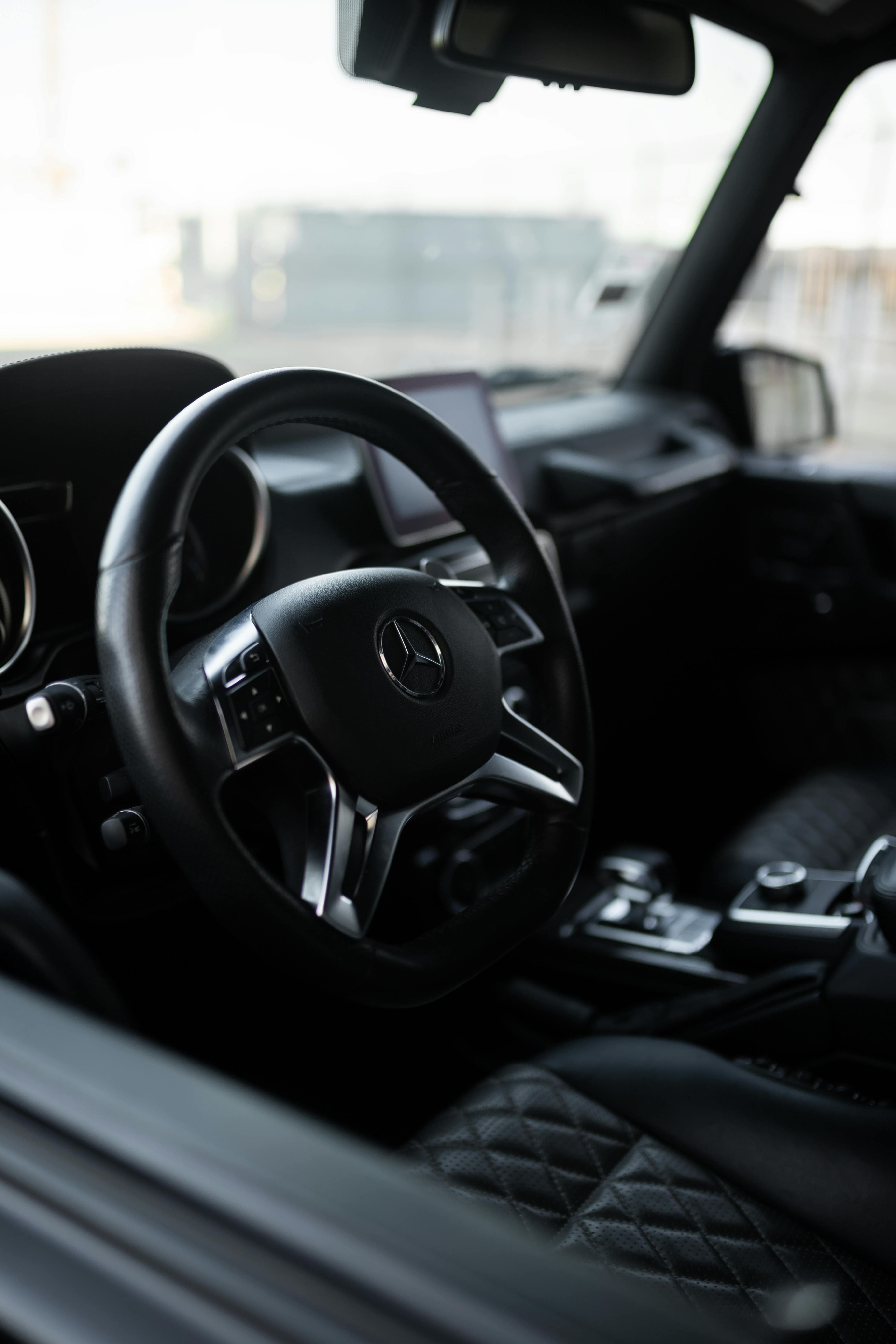DIY Backup Camera Installation Guide
Installing a backup camera in your vehicle can significantly enhance your driving experience, providing better visibility and safety when reversing. While it might seem daunting, with the right tools and a bit of patience, you can undertake this project yourself. Here's a comprehensive guide to help you through the process.
Step 1: Choose the Right Backup Camera
Before diving into the installation, it's crucial to select a backup camera that suits your vehicle and your needs. Consider factors like camera quality, night vision capabilities, whether it's wired or wireless, and if it integrates with your existing dashboard display or requires a new screen.
Step 2: Gather Your Tools
You'll need a few basic tools to install your backup camera, including:
- Screwdrivers
- Drill and drill bits
- Wire strippers and crimpers
- Electrical tape
- Zip ties
- A multimeter (optional, for testing connections)
Step 3: Plan Your Installation
Familiarize yourself with your vehicle's wiring diagram and plan how you'll route the camera's wiring from the rear of your vehicle to the display screen. Decide on the camera's mounting location, typically near the license plate or on the rear bumper.
Step 4: Install the Camera
- Mount the Camera: Secure the camera to your chosen spot, ensuring it has a clear view of the area behind your vehicle. Use the drill to make any necessary holes, and seal them with silicone to prevent water damage.
- Route the Wires: Carefully route the camera's wires from the back of your vehicle to the front, avoiding moving parts and heat sources. Use zip ties to secure the wires and keep them tidy.
- Connect to Power: Connect the camera's power wire to your vehicle's reverse light power wire. This ensures the camera only turns on when you're reversing. Use wire strippers and crimpers to make secure connections, and wrap them with electrical tape.
Step 5: Install the Display
If your backup camera comes with a separate display:
- Mount the Display: Choose a location for the display that's easily visible while driving but doesn't obstruct your view. The dashboard or windshield are common choices.
- Connect to Power: Connect the display's power wire to a source that turns on with the ignition, such as the fuse box, to ensure it only operates when the vehicle is running.
Step 6: Test Your Installation
Before wrapping up, it's crucial to test your backup camera to ensure it's working correctly. Put your vehicle in reverse (with the engine off, for safety) and check if the camera and display activate. Adjust the camera angle if necessary to get the best view.
Step 7: Secure and Tidy Up
Once everything is working, make sure all wires are securely fastened and out of the way. Use zip ties and electrical tape as needed to tidy up any loose wiring. Reassemble any interior panels or trim you had to remove during installation.
Conclusion
Installing a backup camera is a rewarding project that can make reversing safer and more convenient. By following these steps and taking your time, you can achieve a professional-looking installation at a fraction of the cost. Remember, safety is paramount, so if you're ever in doubt, consult a professional. Happy installing!
